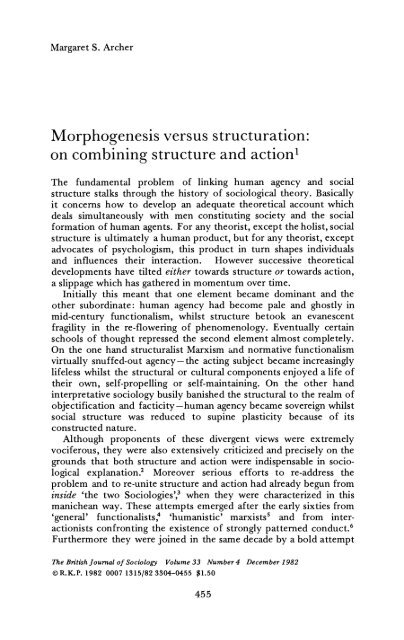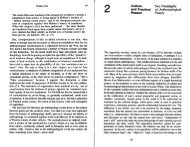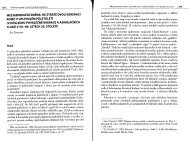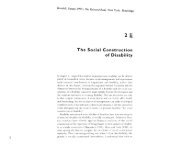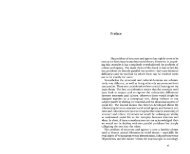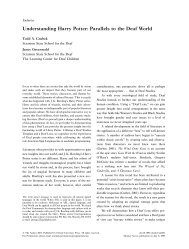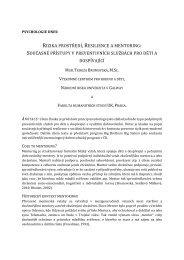Morphogenesis versus Structuration: On Combining ... - Moodle
Morphogenesis versus Structuration: On Combining ... - Moodle
Morphogenesis versus Structuration: On Combining ... - Moodle
Create successful ePaper yourself
Turn your PDF publications into a flip-book with our unique Google optimized e-Paper software.
Margaret S. Archer<br />
<strong>Morphogenesis</strong> <strong>versus</strong> structuration:<br />
on combining structure and actionl<br />
The fundamental problem of linking human agency and social<br />
structure stalks through the history of sociological theory. Basically<br />
it concerns how to develop an adequate theoretical account which<br />
deals simultaneously with men constituting society and the social<br />
formation of human agents. For any theorist, except the holist, social<br />
structure is ultimately a human product, but for any theorist, except<br />
advocates of psychologism, this product in turn shapes individuals<br />
and influences their interaction. However successive theoretical<br />
developments have tilted either towards structure or towards action,<br />
a slippage which has gathered in momentum over time.<br />
Initially this meant that one element became dominant and the<br />
other subordinate: human agency had become pale and ghostly in<br />
mid-century functionalism, whilst structure betook an evanescent<br />
fragility in the re-flowering of phenomenology. Eventually certain<br />
schools of thought repressed the second element almost completely.<br />
<strong>On</strong> the one hand structuralist Marxism and normative functionalism<br />
virtually snuffed-out agency-the acting subject became increasingly<br />
lifeless whilst the structural or cultural components enjoyed a life of<br />
their own, self-propelling or self-maintaining. <strong>On</strong> the other hand<br />
interpretative sociology busily banished the structural to the realm of<br />
objectification and facticity-human agency became sovereign whilst<br />
social structure was reduced to supine plasticity because of its<br />
constructed nature.<br />
Although proponents of these divergent views were extremely<br />
vociferous, they were also extensively criticized and precisely on the<br />
grounds that both structure and action were indispensable in sociological<br />
explanation.2 Moreover serious efforts to re-address the<br />
problem and to re-unite structure and action had already begun from<br />
inside 'the two Sociologies',3 when they were characterized in this<br />
manichean way. These attempts emerged after the early sixties from<br />
'general' functionalists,4 'humanistic' marxists5 and from inter-<br />
actionists confronting the existence of strongly patterned conduct.6<br />
Furthermore they were joined in the same decade by a bold attempt<br />
The British Journal of Sociology Volume 33 Number 4 December 1982<br />
OR.K.P. 1982 0007 1315/823304-0455 $1.50<br />
455


